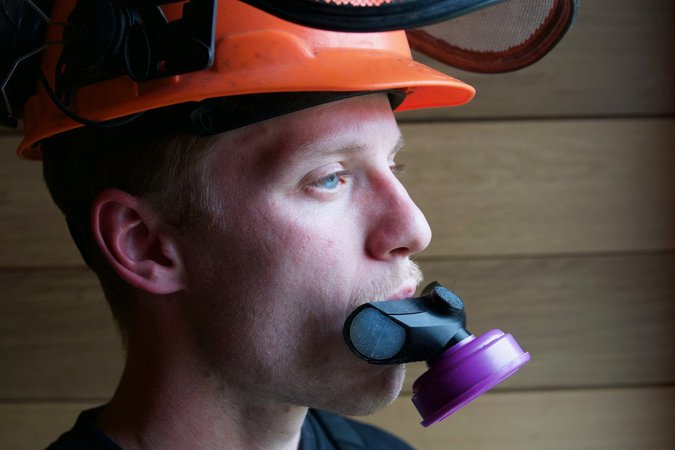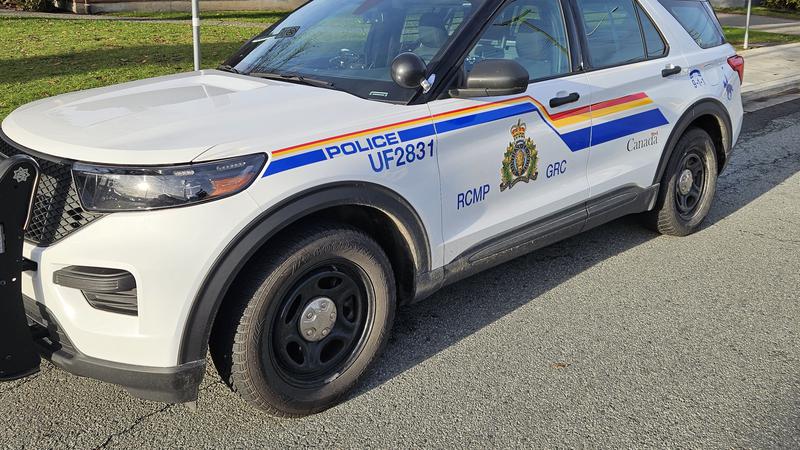
B.C. wildland firefighter worried about smoke hazards. So he designed a solution
British Columbia wildland firefighter Angus Duguid loves his job, but he doesn’t love waking up with headaches or a clogged nose from inhaling smoke.
So he turned his skills as a design student at Emily Carr University to fixing the problem for himself and, he hopes, fellow firefighters.
“We see a fair bit of toxic debris and combustibles when we’re on the fire line as wildland firefighters and I was thinking about why we don’t have sort of designated masks,” said Duguid.
The result is Respire, a sleek-looking respirator that looks something like a scuba-diving mouthpiece and is much smaller than current commercially available respirators.


